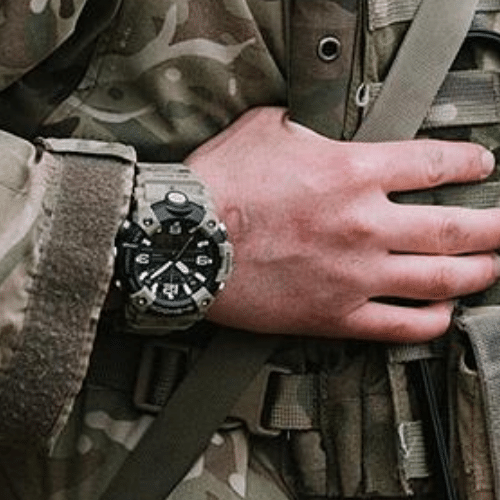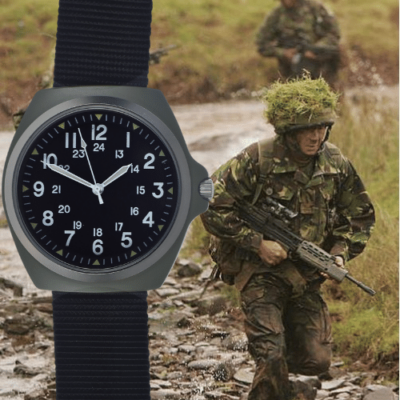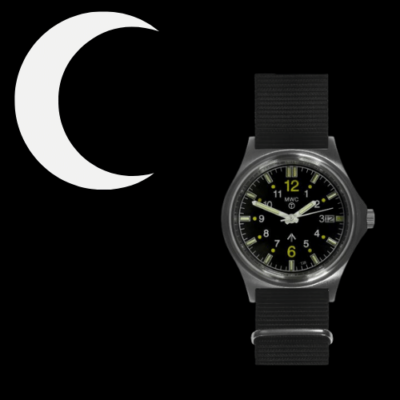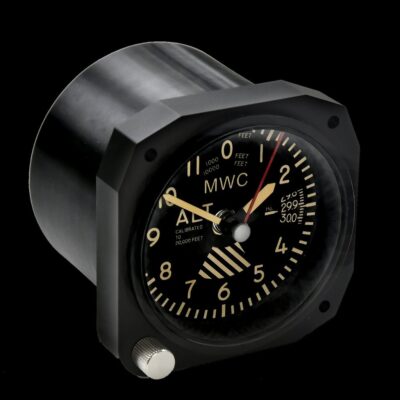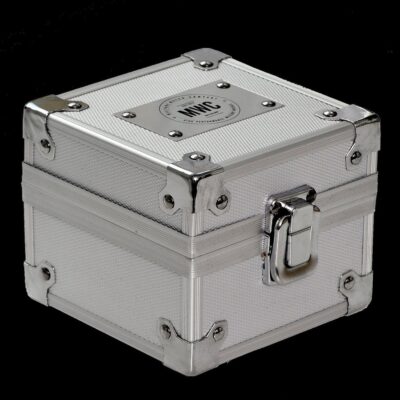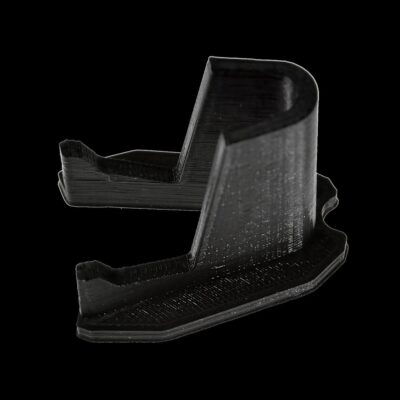News
Added Armour Works: A Look at a Russian T-90M Tank That Survived a Kamikaze Drone Strike
Since the outbreak of full scale Russian-Ukrainian hostilities in early 2022 both sides have made extensive modifications across much of their tank fleets to respond to the expanding threats to their armour. Among the most iconic has been the addition of raised roofs, sometimes with explosive reactive armour, above the vehicles to provide protection against top attack or drone strikes. Tanks have also more generally been up-armoured, with Ukraine having inherited a significantly capability for production of explosive reactive armour from the Soviet Union which it has used to apply protection blocks not only to its Soviet vehicles, but also to newly delivered Western built vehicles such as M1A1 Abrams tanks. An important indication as to the effectiveness of new improved armour protection which had been added to Russian vehicles has been provided by new footage of a Russian T-90M tank after it was struck by Ukrainian drones.

The latest footage shows visible damage to the T-90M after a strike by a Ukrainian single use ‘kamikaze’ drone, with the tank’s protective elements and overhead metal screen having been particularly damaged. Kontakt-1 explosive reactive armour blocks on the overhead protective canopy are shown to have detonated. The vehicle itself, however, otherwise remains totally intact, and while apparently still fully capable of combat, can also be retired to the front after minor servicing to replace its damaged protection systems. While the use of raised roofs over tanks was initially widely dismissed by Western sources, and termed a ‘cope cage,’ its demonstrated effectiveness against a Ukrainian drone strike is an important indicator that such features will continue to be widely used. The Israeli Army notably adopted a very similar modification for its own armour in late 2022 after its tanks took losses to drone strikes by Palestinian militia groups.
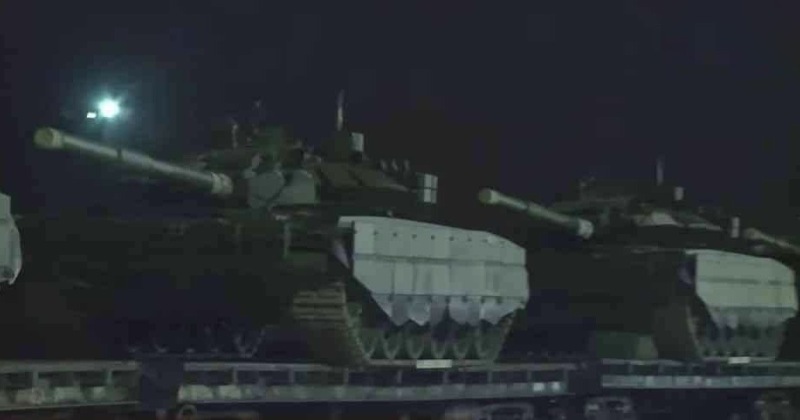
The T-90M was first delivered to the Russian Army in 2019, with ten vehicles supplied that year, and while the Defence Ministry was set to purchase only a few dozen new units from production lines, the escalation of war in Ukraine has resulted in a significant expansion of production and acquisitions. The new tank class entered service in the Russian Army in April 2020, two months after completing state trials, and stood out from all other T-90 variants in Russian service. Among its most notable features were a strong base armour, very wide coverage using Relikt explosive reactive armour, advanced fire controls including third generation thermal sights, and introduction of an independent thermal viewer and digital display for the commander. A new autoloader and main gun allow the vehicles to integrate longer APFSDS rounds with much greater penetrative capabilities against enemy armour, while new protection for the tank’s autoloader carousel to separate ammunition from the crew significantly increases survivability. This has been demonstrated by the lack of internal explosions seen on T-90Ms that have recieved penetrating hits in Ukraine. The vehicle has been credited with significant battlefield successes in the Ukrainian theatre. The much more widely fielded T-72B tank was also seen from late 2022 with a new armour configuration closely resembling that of the T-90M, with these speculated to be designated T-72B4.

